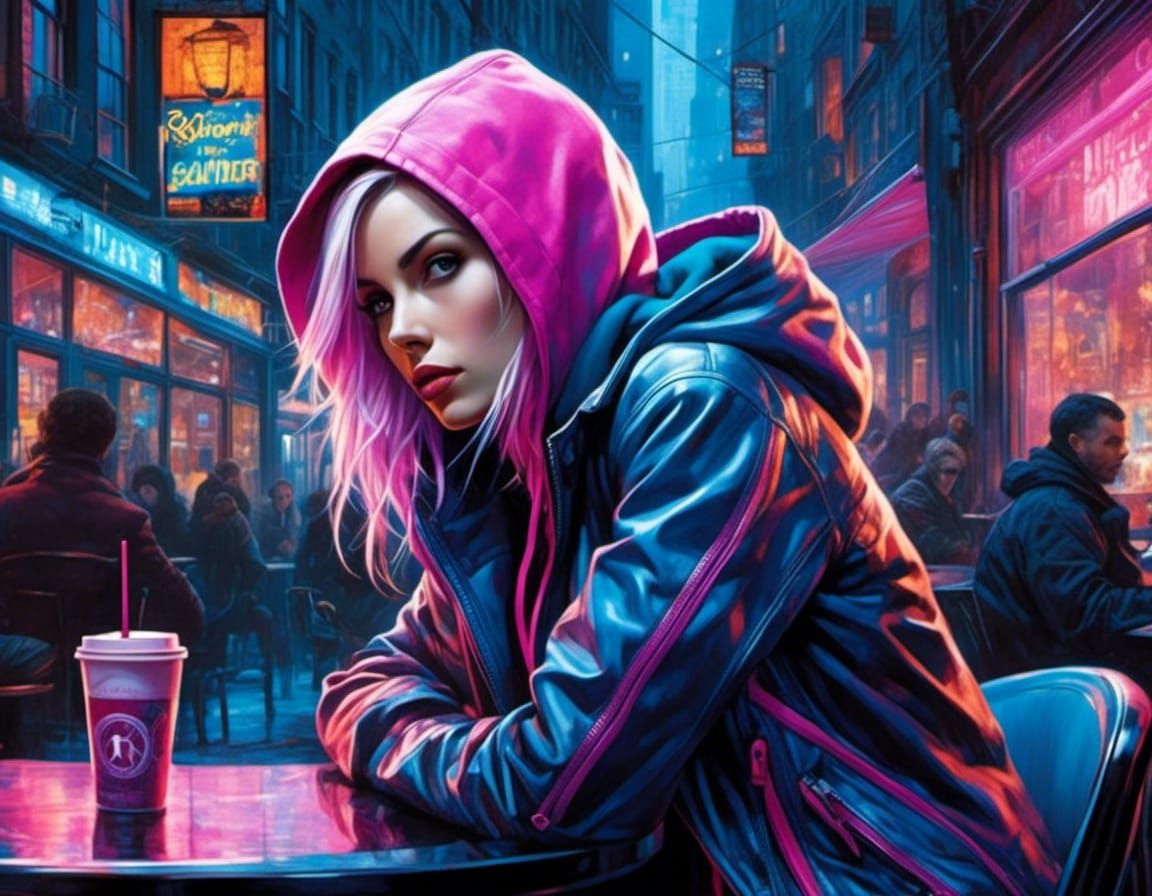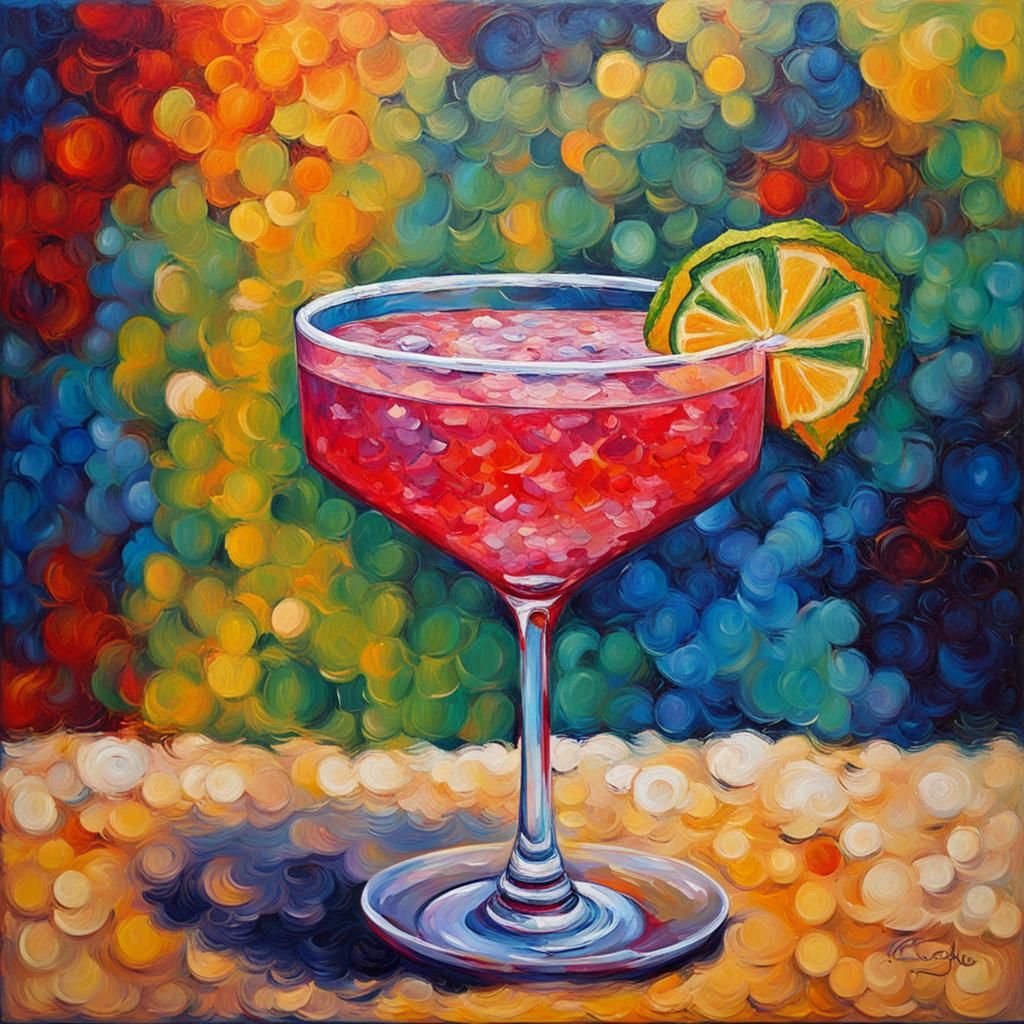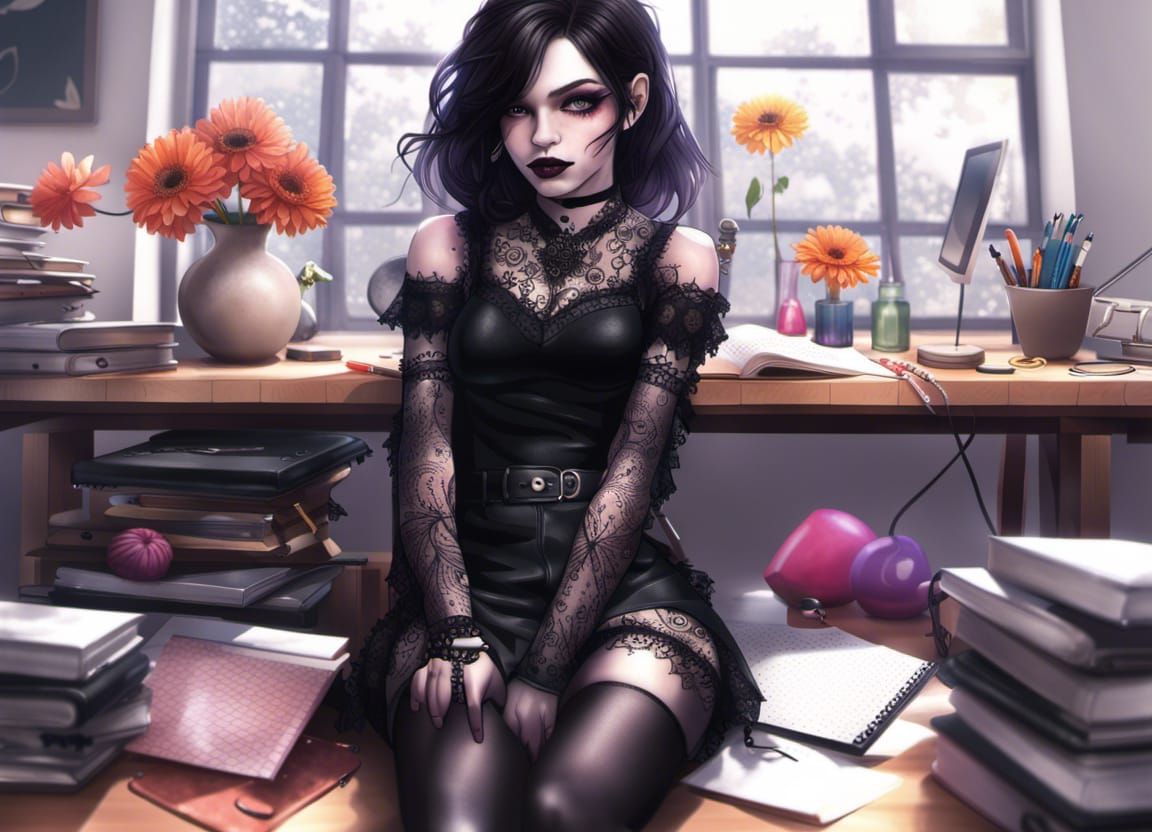It seems like AI art is going to be a recurring news theme this year. While this is Magic: the Gathering news rather than D&D or TTRPG news, WotC and AI art has been a hot topic a few times recently.
When MtG community members observed that a promotional image looked like it was made with AI, WotC denied that was the case, saying in a now-deleted tweet "We understand confusion by fans given the style being different than card art, but we stand by our previous statement. This art was created by humans and not AI."
However, they have just reversed their position and admitted that the art was, indeed, made with the help of AI tools.
Well, we made a mistake earlier when we said that a marketing image we posted was not created using AI. Read on for more.
As you, our diligent community pointed out, it looks like some AI components that are now popping up in industry standard tools like Photoshop crept into our marketing creative, even if a human did the work to create the overall image.
While the art came from a vendor, it’s on us to make sure that we are living up to our promise to support the amazing human ingenuity that makes Magic great.
We already made clear that we require artists, writers, and creatives contributing to the Magic TCG to refrain from using AI generative tools to create final Magic products.
Now we’re evaluating how we work with vendors on creative beyond our products – like these marketing images – to make sure that we are living up to those values.
As you, our diligent community pointed out, it looks like some AI components that are now popping up in industry standard tools like Photoshop crept into our marketing creative, even if a human did the work to create the overall image.
While the art came from a vendor, it’s on us to make sure that we are living up to our promise to support the amazing human ingenuity that makes Magic great.
We already made clear that we require artists, writers, and creatives contributing to the Magic TCG to refrain from using AI generative tools to create final Magic products.
Now we’re evaluating how we work with vendors on creative beyond our products – like these marketing images – to make sure that we are living up to those values.
This comes shortly after a different controversy when a YouTube accused them (falsely in this case) of using AI on a D&D promotional image, after which WotC reiterated that "We require artists, writers, and creatives contributing to the D&D TTRPG to refrain from using AI generative tools to create final D&D products."
The AI art tool Midjourney is being sued in California right now by three Magic: The Gathering artists who determined that theirs and nearly 6,000 other artists' work had been scraped without permission. That case is ongoing.
Various tools and online platforms are now incorporating AI into their processes. AI options are appearing on stock art sites like Shutterstock, and creative design platforms like Canva are now offering AI. Moreover, tools within applications like Photoshop are starting to draw on AI, with the software intelligently filling spaces where objects are removed and so on. As time goes on, AI is going to creep into more and more of the creative processes used by artists, writers, and video-makers.






